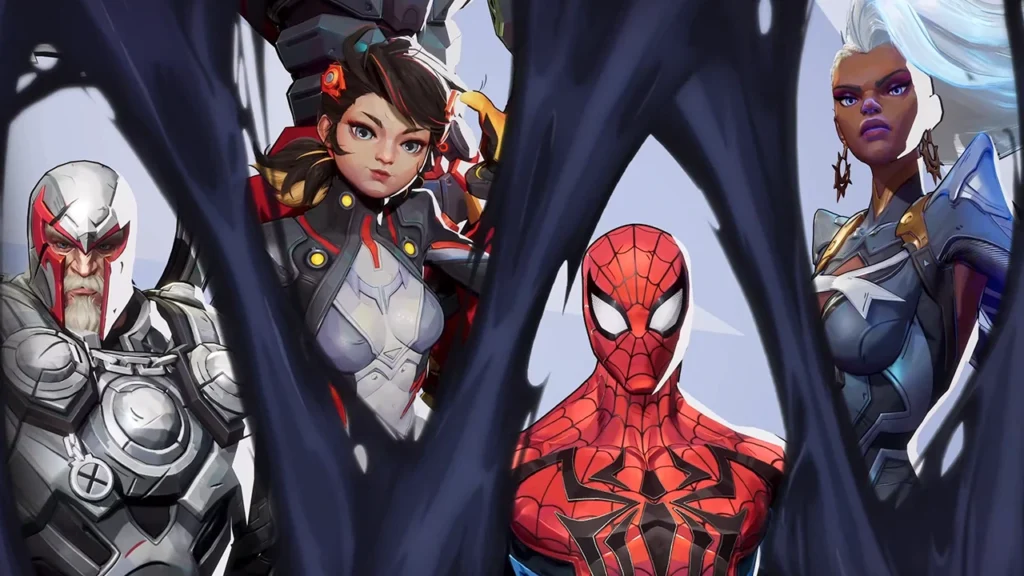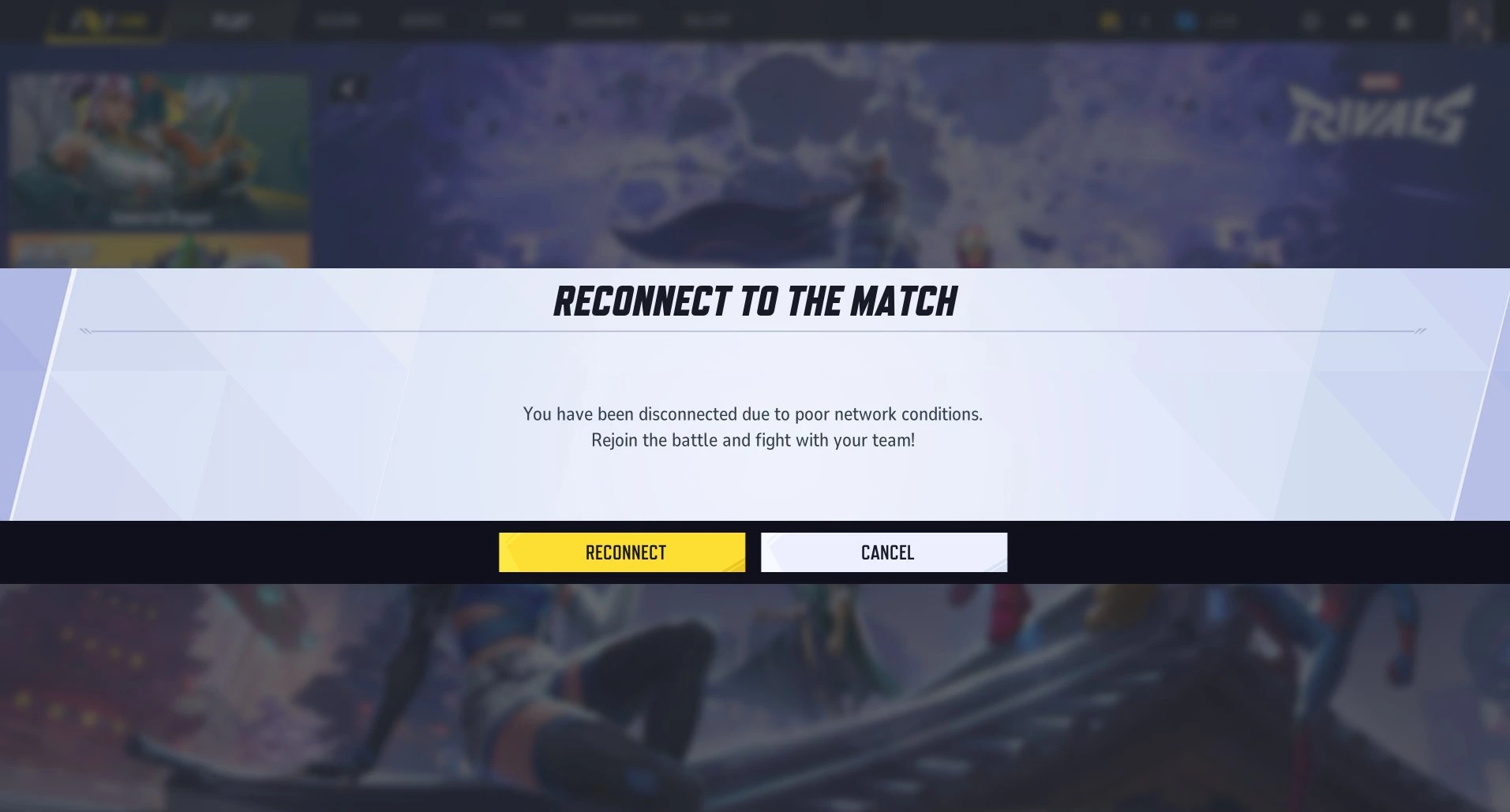Marvel Rivals’ Aggressive Character Addition: Exciting or Unsustainable?
Marvel Rivals, NetEase Games’ latest game, has set itself apart with an ambitious content release strategy. The developers aim to keep players engaged and excited about the game’s evolving roster and mechanics by adding a new character every six weeks. However, this approach has sparked a debate among fans and industry experts about whether such rapid updates are sustainable in the long run. This article explores the principles behind the strategy, its benefits, potential risks, and the overall reaction from the gaming community.
What Is Marvel Rivals?
Marvel Rivals is a competitive multiplayer game featuring iconic characters from the Marvel universe. The game’s unique mechanics and visually engaging design have made it an attractive option for fans of superhero action and strategic gameplay.
The game’s structure revolves around seasons that last three months. Each season is divided into two halves, with a new hero added during each phase. This consistent cycle of updates ensures that the game remains dynamic and continually offers new content for players to explore.
The Six-Week Release Strategy
At the heart of Marvel Rivals’ approach is its six-week release cadence for new characters. Season 1 offers a clear example of how this strategy is implemented. The first half of the season introduced Mister Fantastic and Invisible Woman, two beloved members of the Fantastic Four. Alongside these characters, players gained access to new maps like Sanctum Sanctorum and Midtown, as well as the Doom Match mode, which adds fresh gameplay twists.
The midseason update, anticipated to launch around February 21 or 28, is set to bring Human Torch and The Thing into the fold. Additionally, the Central Park map will be introduced, further expanding the game’s environmental variety. This pattern of introducing content every six weeks keeps the game’s meta evolving and players continually invested.
Benefits of Frequent Updates
The aggressive update schedule offers several advantages:
Enhanced Player Engagement
Regular updates ensure that players always have something to look forward to. The anticipation of new characters and features keeps the community engaged and active.
Content Variety
The addition of new heroes and maps introduces fresh gameplay dynamics. Each new character can significantly alter team compositions and strategies, preventing the game from becoming stale.
Community Growth
Frequent updates can attract new players while retaining existing ones. The promise of continual content gives players a reason to invest time and money in the game.
Comparison to Other Games
Marvel Rivals’ strategy aligns with successful practices seen in other live-service games like Fortnite and Apex Legends, where consistent content drops are central to maintaining a thriving player base.
Challenges and Risks
Despite its potential benefits, the six-week release strategy comes with notable challenges:
Overwhelming Content Pace
A constant influx of new characters might overwhelm players, particularly those who struggle to keep up with the evolving meta or unlock new content.
Balance Issues
Introducing new characters frequently increases the risk of disrupting game balance. Overpowered heroes can lead to frustration and potentially alienate parts of the player base.
Monetization Concerns
Some players worry that rapid content releases prioritize monetization over quality. If new characters or features feel rushed or underdeveloped, the game’s reputation could suffer.
Developer Burnout
Maintaining an aggressive update schedule places immense pressure on the development team, highlighting the broader challenges of game development in live-service models. The workload involved in ensuring quality updates within tight deadlines can strain resources and impact long-term sustainability. Ensuring high-quality updates while avoiding burnout is a significant challenge for any studio.
Community Reactions
The community’s response to Marvel Rivals’ content strategy has been mixed. Many players appreciate the frequent updates, enjoying the excitement of new characters and gameplay features. Positive feedback often highlights the game’s commitment to keeping the experience fresh and engaging.
However, some fans have expressed concerns. Critics argue that the fast-paced update schedule could compromise the game’s balance and accessibility. On social media and forums, discussions often center around whether this approach is more about quantity than quality.
Is the Strategy Sustainable?
As Marvel Rivals continues to roll out content, the question of sustainability looms large. While the six-week release cycle has successfully kept players engaged so far, the long-term implications remain uncertain. Balancing innovation with sustainability will be key to the game’s success.
Potential adjustments to the strategy could include:
- Allowing longer gaps between major updates to ensure high-quality releases.
- Prioritizing balance adjustments alongside new content.
- Introducing events or challenges that extend the life of existing content.
Marvel Rivals has the potential to thrive as a competitive multiplayer game, but its success will depend on the developers’ ability to adapt and respond to player feedback. By striking a balance between frequent updates and thoughtful content design, the game can continue to grow and satisfy its community.
Marvel Rivals’ aggressive character addition strategy is both exciting and controversial. While it brings undeniable benefits, such as enhanced engagement and content variety, it also poses significant risks. These include potential burnout for developers and balance issues that could disrupt gameplay, highlighting the need for careful management of rapid updates. Ultimately, the game’s ability to sustain this approach will depend on how well it manages these challenges. For now, Marvel fans can look forward to a dynamic and evolving gaming experience, with each new season offering fresh opportunities to explore their favorite universe.


